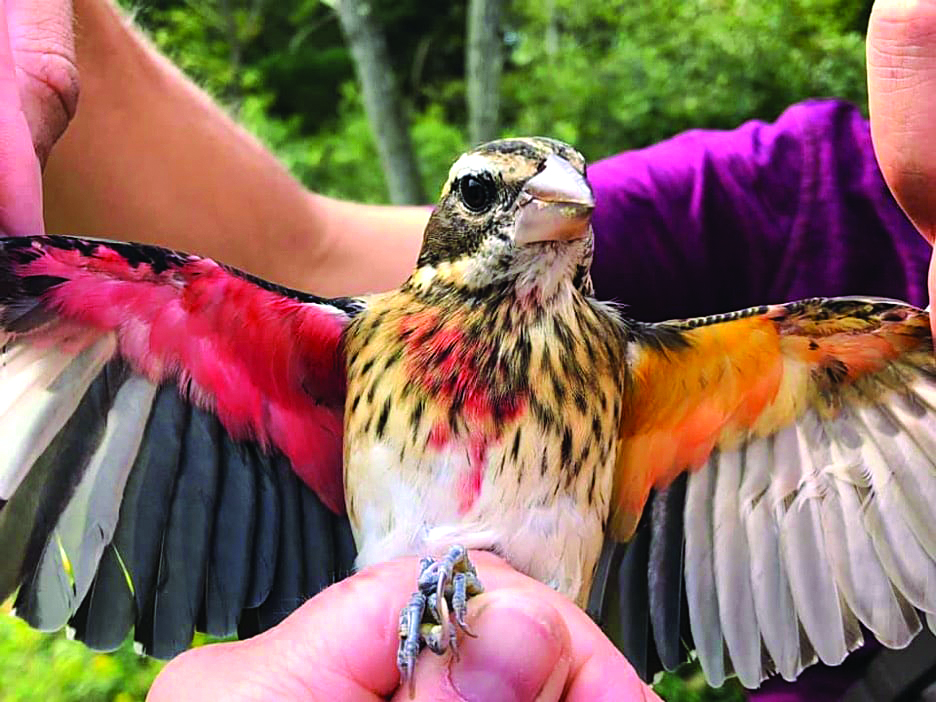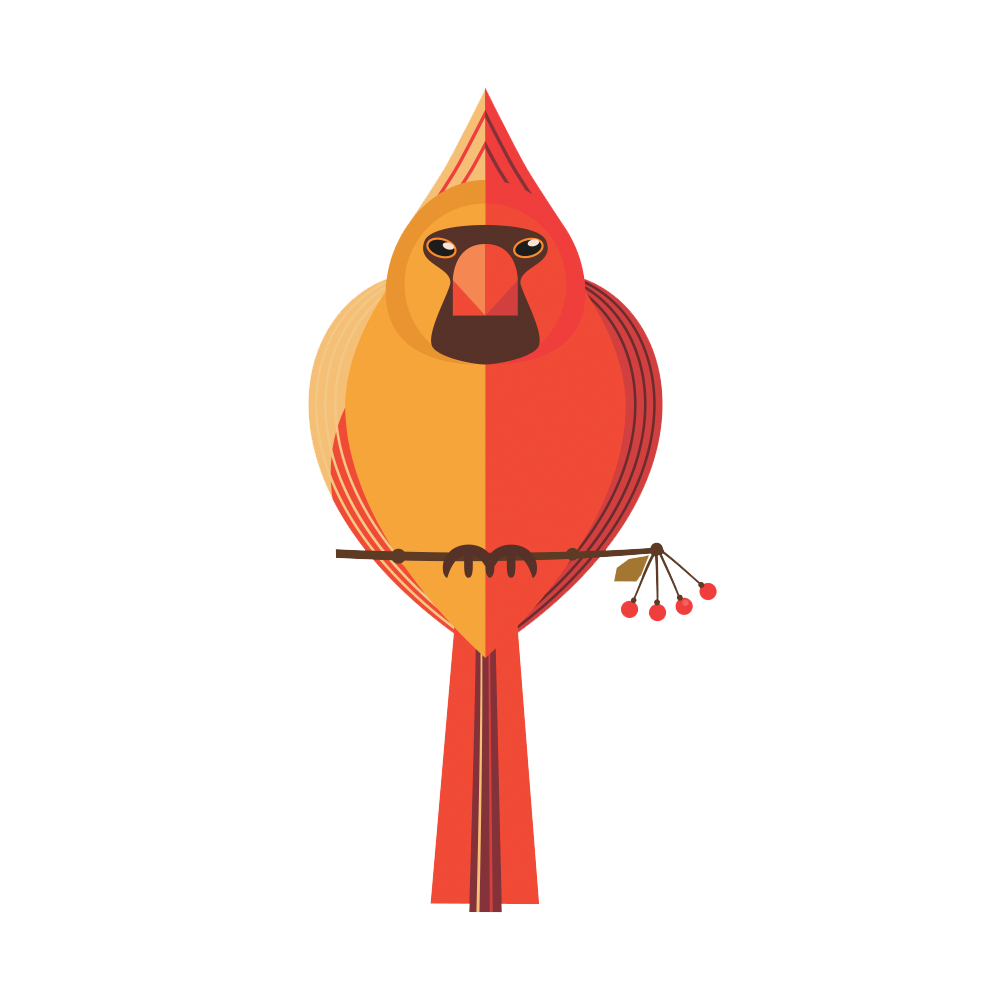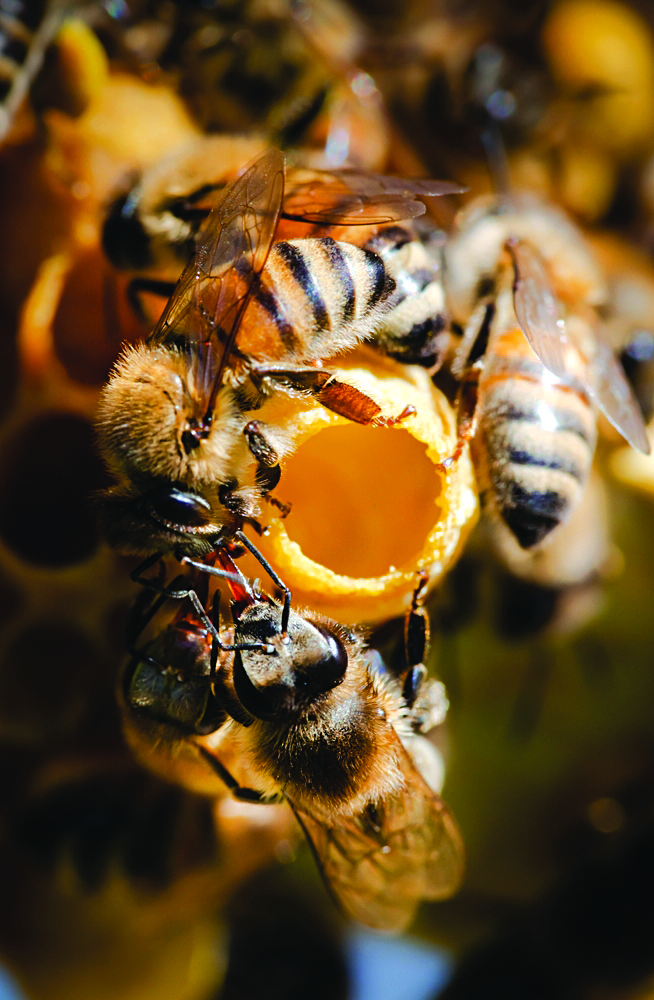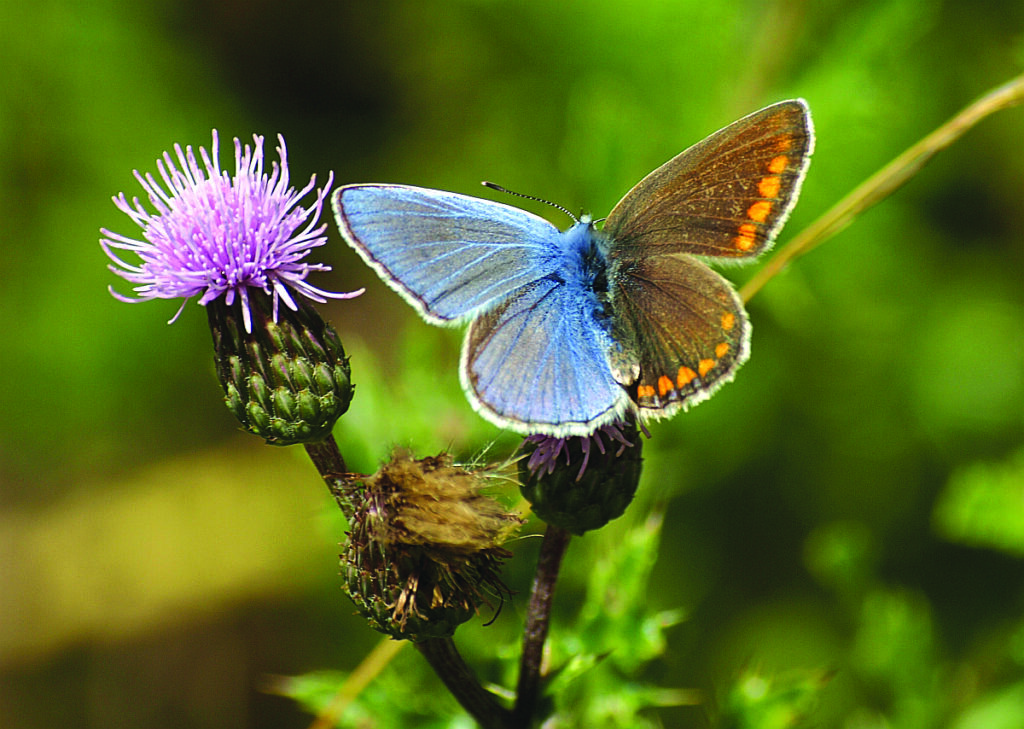In 2018, Erin Krichilsky, a Smithsonian Tropical Research Institute research assistant at the time, came across a Bee with both male and female characteristics. The most interesting thing about the find, however, was that all the Bee’s female characteristics were on their right side, while all their male characteristics were on the left.
The right side of the Bee’s face had “a stout rugged jawline trimmed with teeny teeth,” while the left side had “the delicate, wispy features of a male.” They found the same half-female, half-male pattern throughout the Bee’s body, as explained by Katherine Wu in her 2020 article for Smithsonian Magazine.
HALF-FEMALE, HALF-MALE ANIMALS
While the Bee was the first of their kind with those characteristics from the species Megalopta amoena, this isn’t a unique phenomenon. It is, however, a rare one.
According to the Smithsonian Magazine, while scientists were able to examine a Megalopta genalis bee in 1999, they failed to find another with similar characteristics after analyzing tens of thousands of bees in the decades since.
In 2019, a couple in Pennsylvania made the news for spotting a half-vermillion, half- taupe Cardinal near the home. The Bird’s colors were split directly in the middle of their body, allowing scientists to gather that they were half male and half female, wrote Mureen Seaberg in 2019 for National Geographic. According to Cornell Lab of Ornithology postdoctoral fellow Daniel Hooper, the Cardinal was “a genuine male/ female chimera.”


In 2021, a Northern Cardinal with half-female, half-male characteristics was spotted in Pennsylvania, It was believed that this was the same Bird spotted in 2019. (James R. Hill III)
The next year, researchers at the Powdermill Nature Reserve in Pennsylvania found a Rose-Breasted Grosbeak with the characteristics of a male on their right side and characteristics of a female on their left. The Bird’s right side sported scarlet feathers and their right wing was a bit longer than their left, while their left side had yellow feathers. Like the others above, this Bird’s colors were split down their middle, according to a 2020 article written by Jason Bittel for National Geographic.
In 2021, a Northern Cardinal with the same characteristics was spotted in Pennsylvania. Georgina Rannard of BBC News reported in 2021 that the Bird’s photographer believed it could be the same Bird spotted in 2019.
All of these animals, found to have both female and male characteristics, are gynandromorphs.

This is the Rose-breasted Grosbeak gynandromorph: male on the left and female on the right. (Annie Lindsay)
WHAT IS GYNANDROMORPHY?
Animals who have gynandromorphy feature characteristics from both sexes, while those with bilateral gynandromorphy have those characteristics split down their middle. This split between female and male characteristics in a gynandromorph’s body might also appear internally.
Some might confuse gynandromorphy with hermaphrodism, but the difference lies in appearance. An animal with hermaphrodism would have both female and male reproductive organs but appear to be of only one of those sexes on the outside. Hermaphrodism is observed much more frequently, however, than gynandromorphy.
In an email interview with National Geographic in 2020, Patuxent Wildlife Research Center Bird Banding laboratory biologist Danny Bystrak stated that the odds of spotting a gynandromorph in a Bird-banding operation would be “almost exactly one in a million.”
Then again, others like Stephen Rogers, the Carnegie Museum of Natural History Section of Birds collection manager, believe that figure “would only be for birds that show distinct differences.”
Gynandromorphs are also called “half-siders” by ornithologists, those studying the branch of zoology dealing with Birds. Gynandromorphs that don’t exhibit sexual dimorphism, the bilateral features of half-female, half-male animals, could be more common than we think.

Unlike animals with gynandromorphy, those with hermaphrodism have both female and male reproductive organs but appear to be of only one of those sexes on the outside. Hermaphrodism is more common than gynandromorphy.
DID YOU KNOW?
Gynandromorphs are also called “half-siders” by ornithologists.
HOW DO GYNANDROMORPHS EXIST?
Sex determination in Insects, Birds, and Crustaceans plays out a little differently than with Mammals. With Bees, double fertilization of an egg, with the second sperm lacking its own egg partner and instead copying itself, can result in gynandromorphs.
A female embryo could also copy itself, creating one cell of each sex. Among crustaceans, sex-determining hormones could also play a crucial factor in the development of gynandromorphism, according to a 2019 article by Tara Yarlagadda for HowStuffWorks.com.
Still, there is much to be learned from gynandromorphs considering their rarity. Most gynandromorphs that have been examined were only discovered once they had passed away and been kept in museums. Not much is known about gynandromorphs’ behavior and social relationships.
There are, however, hypotheses, such as the suggestion that gynandromorphs are infertile, which is why there isn’t an entirely new species composed solely of gynandromorphs. Some believe others could be fertile, considering gynandromorph Birds could exhibit female left sides, and Birds’ left ovaries are the only functional ones in their bodies.
While the life of a gynandromorph is mostly a mystery, scientists in 2009 and 2010 observed a Northern Cardinal with bilateral gynandromorphy as an adult. They had no known issues, yet they were never seen vocalizing or spending time with a mate.

ARE GYNANDROMORPHS CAPABLE OF BEARING OFFSPRING?
It’s possible, although the life of gynandromorphs is mostly a mystery.
Some believe that there are gynandromorphs that could be fertile, considering gynandromorph Birds could exhibit female left sides, and Birds’ left ovaries are the only functional ones in their bodies.
GYNANDROMORPHS AS CHIMERAS
Gynandromorphs have been called many things, chimeras and mosaics two of them. Often referred to as a result of a mistake during cell division, gynandromorphs are also regarded as beings that produce once-in-a-lifetime types of encounters.
They can also teach us more about sexual fluidity – appearing to have or possessing traits more female or male, and more.
While it’s tempting to use the term “gender” with nonhuman animals, Natural History Magazine’s Carol Butler wrote in 2017 that scientific literature only refers to nonhuman animals’ sexual characteristics or traits in relation to their sex, considering gender points to factors that are social, cultural, and emotional.
Still, there is so much to learn from studying other species whose forms of sex and reproduction differ from the conventional forms to which we are exposed.

A common Blue Butterfly (Polyommatus icarus) gynandromorph. (Burkhard Hinnersmann)
GYNANDROMORPHY AND NUCLEAR DISASTERS
According to a 2019 article by Richard Pallardy for Earth.com, scientists found a number of butterflies and moths with gynandromorphy in Fukushima and Chernobyl.
Fukushima suffered a nuclear disaster in 2011, while the Chernobyl nuclear disaster occurred in 1986. This means that residual radiation could play a role in the development of gynandromorphs.







